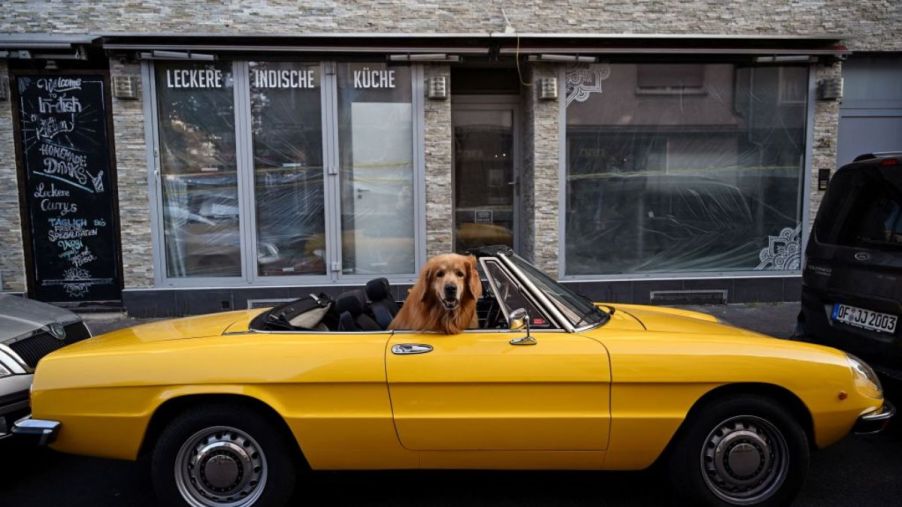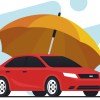
What Is a Cabriolet?
Open-top cars offer thrills like nothing else. With the wind in your hair and the engine at full song, driving becomes a visceral, exciting experience. And drop-tops also look pretty cool.
But as you peruse different vehicles, you might notice something. Terms like cabriolet and convertible are used for various open-top trims. Is there a difference between the two? Let’s explore that and more, as we look at the history of cabriolets.
A look at cabriolets
According to Mercedes-Benz of Scottsdale, cabriolet is an 1800s French word for a horse-drawn carriage with an adjustable top. In that application, passengers would open or close the top depending on the weather. When the automobile debuted in Europe, companies marketed it as a horseless carriage, so the cabriolet name was a natural carryover.
Today, a cabriolet is a car that people can drive with the top open or closed. Manufacturers use various materials for a cabriolet roof—like a canvas soft top or a plastic retractable hard top—creating distinctive looks and open-air fun.
Some cabriolet tops require manual opening and closing, while others automatically change in seconds. While a classic Volkswagen Beetle Cabriolet needs elbow grease to open or close, a new Porsche 911 Cabriolet has push-button functionality.
Cabriolet vs. convertible: are they the same thing?
The terms cabriolet and convertible sound quite different. While the former seems like a coach-built add-on, the latter’s reminiscent of an open-air American sports car. But they’re the same thing.
Different manufacturers use “cabriolet” or “convertible” when referring to their open-air designs. Porsche makes the 911 Cabriolet, while Chevy makes the Corvette Convertible. Yet they’re both sports cars with adjustable tops, following the same principle.
What are some iconic cabriolets?
German automakers have a history of producing iconic cabriolets. And that makes sense since the term originated in Europe. Here are some of our favorites.
The original Volkswagen Beetle was an affordable car with a fun attitude. From its signature sounds to its trademark shape, the classic design was a fun presence on the street. And adding a cabriolet version only enhanced its playful attitude. In 1949, German coachbuilder Hebmüller did just that, paving the way for future editions.
For the 1983 model year, Porsche introduced the 911 Cabriolet, bringing open-top motoring to the noted sports car. Since then, the company’s offered cabriolet versions of every 911, including low-slung Speedster models in 1989, 2011, and 2019.
And if you grew up in the ’80s, chances are you saw quite a few Volkswagen Rabbit Cabriolets scooting around. While the standard Rabbit had a spunky, utilitarian feel, the cabriolet version seemed ready for a trip to the beach. Typically seen with all-white bodywork, the open-air Rabbit was made from 1979 to 1993.
Shopping for an open-air vehicle can be confusing. With the words “cabriolet” and “convertible” appearing left and right, it may seem like they’re different things. But they aren’t. Both terms denote an open-top vehicle, with their use depending on the manufacturer.



